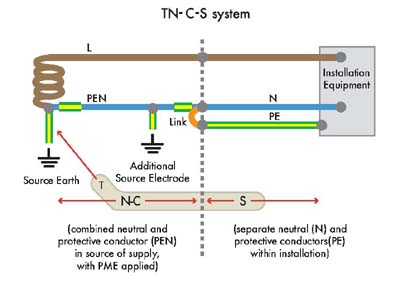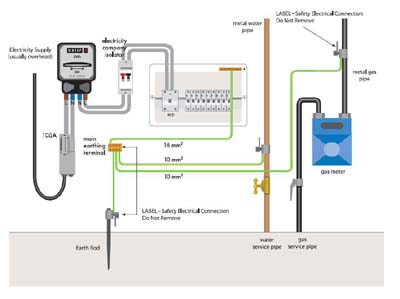K8MHZ
Senior Member
- Occupation
- Electrician
Can you give an example of when a conductor is neutral, but not groundED?
That's the case with most portable AC generators. Sure there's a ground lug on the frame, but how often is it used and is the neutral bonded to the frame? They come both ways.




